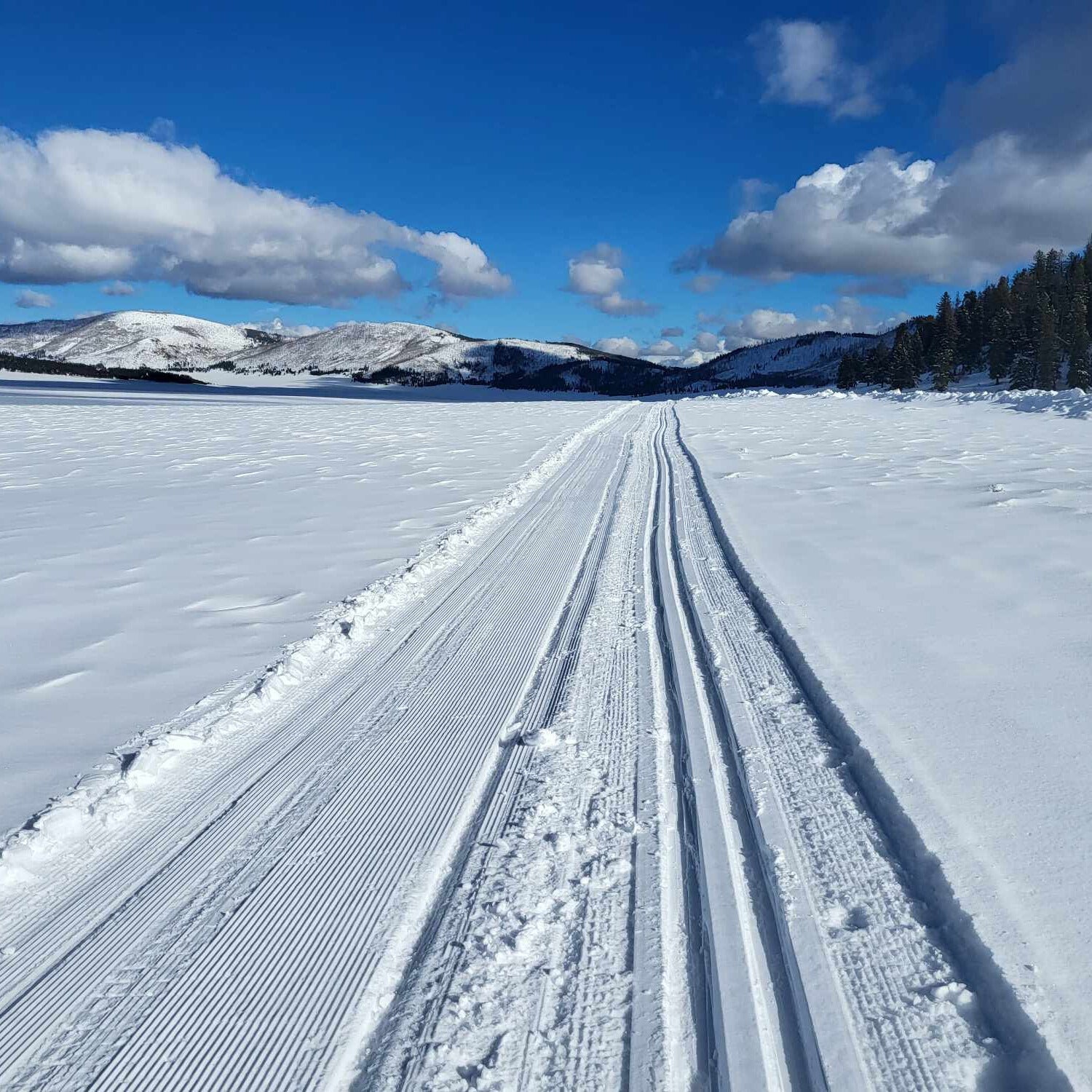Your Cart is Empty
accepting gear drop offs Mon-Sat 10am-5pm. No Consignment acceptance on Sundays.
accepting gear drop offs Mon-Sat 10am-5pm. No Consignment acceptance on Sundays.

Yes, it seems like the whole world has gone gravel, with gravel bikes now common on local trails and replacing road bikes in many cases. The best gravel bikes marry the speed of a road bike with the durability of a mountain bike, enabling you to do a huge variety of things with just one bike.
But just what features are best for you? When choosing a gravel bike, it's essential to consider several features to ensure you get the best ride experience. This blog will guide you through the critical features to look for in a gravel bike, helping you make an informed decision.
The frame is the backbone of your bike, affecting its weight, durability, and ride quality. Gravel bike frames are typically made from aluminum, carbon fiber, steel, or titanium.
Aluminum: Known for its affordability and lightweight properties, aluminum frames are durable and offer a good ride quality. However, they can be stiffer and less comfortable on rough terrains.
Carbon fiber: Offering the best in terms of lightweight and ride comfort, carbon fiber frames absorb vibrations well, providing a smoother ride. They are more expensive and can be less durable in rough conditions.
Steel: Renowned for its durability and smooth ride quality, steel frames are heavier but provide a comfortable ride, especially on long distances.
Titanium: Combining the best properties of steel and aluminum, titanium frames are lightweight, durable, and comfortable. However, they come at a premium price.
Gravel bike geometry influences handling, comfort, and stability. Key geometric features to consider include:
Head tube angle: A slacker head tube angle (around 70-72 degrees) offers more stability on rough terrains. Steeper angles (73-74 degrees) are better for speed and agility.
Wheelbase: A longer wheelbase enhances stability and comfort on uneven surfaces. Shorter wheelbases are more agile and better for technical riding.
Bottom bracket height: A lower bottom bracket provides better stability and handling, especially in corners. However, it can reduce ground clearance on rough trails.
Tire clearance refers to the maximum tire width a bike frame can accommodate. Gravel bikes typically offer clearance for tires between 35mm and 50mm. Wider tires provide better traction and comfort on rough terrains but can be slower on smooth roads. Note that with some bikes, width clearance can be a major issue.
Gravel bikes generally come with either 700c or 650b wheels.
700c wheels: The same size as road bike wheels and 29er mouintain bike tires, and are ideal for speed and efficiency on smoother surfaces. They are often paired with narrower tires (35-45mm).
650b wheels: Slightly smaller in diameter, allow for wider tires (45-50mm+), offering better traction and comfort on rough terrains. They are preferred for more technical and rugged riding.
The drivetrain includes the crankset, chain, cassette, and derailleurs. Gravel bikes come with either 1x (single chainring) or 2x (double chainring) drivetrains.
1x drivetrain: Simpler and lighter, has a single front chainring and a wide-range rear cassette. It's easier to maintain and less prone to mechanical issues but can have larger jumps between gears.
2x drivetrain: Offering a broader range of gears, has two front chainrings and a narrower-range rear cassette. It's ideal for riders who need a wide range of gears for varying terrains but can be more complex and heavier.
Gravel bikes typically feature disc brakes, which offer superior stopping power and performance in various conditions compared to traditional rim brakes. There are two main types of disc brakes:
Mechanical disc brakes: Cable-actuated and easier to maintain, reliable but can require more frequent adjustments.
Hydraulic disc brakes: Offering better modulation and stopping power, more efficient but require more maintenance and can be harder to service.
Versatility is a key feature of gravel bikes, and having various mounts for accessories enhances this. Look for bikes with mounts for:
Water bottles: Multiple mounts allow for carrying extra hydration, essential for long rides.
Fenders: Fenders protect you from mud and water, crucial for riding in wet conditions.
Racks and panniers: If you plan to use your gravel bike for bikepacking or commuting, mounts for racks and panniers are essential.
Gravel riding can be demanding, and comfort features play a crucial role in reducing fatigue and enhancing your ride experience.
Handlebars: Flared drop bars provide better control and stability on rough terrains. Look for handlebars with multiple hand positions to reduce fatigue.
Saddle: A comfortable saddle suited to you can make a huge difference on long rides.
Seat post: Some gravel bikes come with suspension seat posts or flexible carbon seat posts.
While not as common as on mountain bikes, some gravel bikes feature light suspensions:
Front suspension forks: Improves control and comfort on rough trails but adds weight and complexity.
Confused? What does the perfect bike look like for you?Durango Outdoor Exchange has a wide selection of bikes, including gravel bikes and bothmountain and road bikes that can be converted to gravel bikes. Stop by, squeeze the brakes, and talk to our pros about what is best for you.

Work crews were busy over the off season making changes to ski areas across the region. While the hoped-for new lifts at Purgatory aren’t going to spin, there are plenty of reasons for you toget some wax (or new skis) from Durango Outdoor Exchange and hit the slopes this winter.

Thanksgiving is almost here–and skiing this early is always a gamble. Here are some non-skiing warm(er) weather destination ideas for the long break.

Just a couple hours from Durango, Valles Caldera is a great cross-country skiing destination, with surprisingly good snow and very few visitors.
Valles Caldera National Preserve is a popular hiking destination in the summer and a surprisingly great skiing destination in the winter.